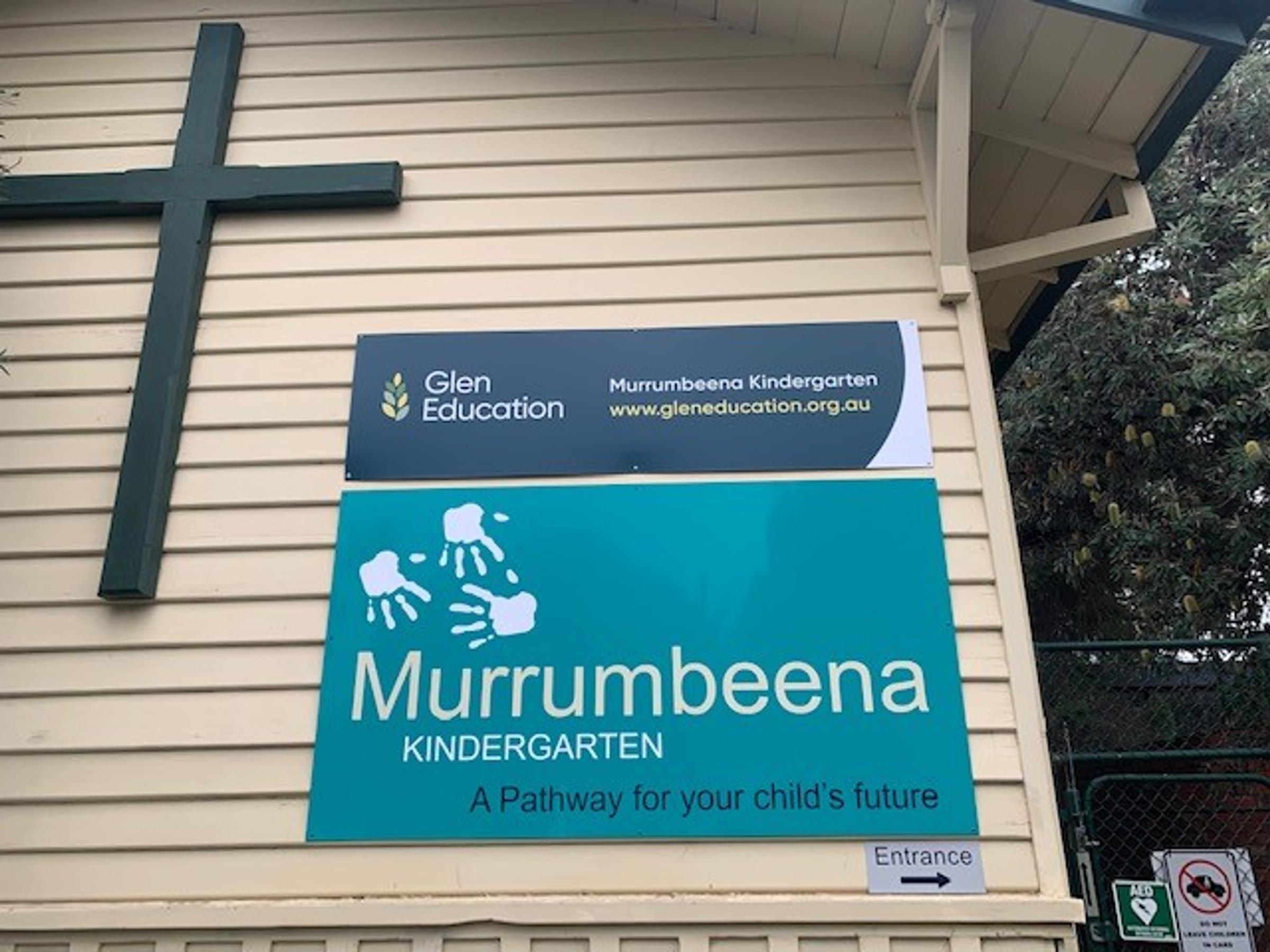Glen Education Murrumbeena

Inspiring Curiosity
Vibha Jain, Early Childhood Teacher
“Learning environments are welcoming spaces when they reflect and enrich the lives and identities of children and families participating in the setting and respond to their interests and needs.” - (EYLF p.15)
At Glen Murrumbeena Kindergarten we recognise children’s ideas and create meaningful, healthy learning environments which inspire curiosity, foster creativity and support discovery with a variety of sensory-rich spaces.
In our indoor space we created an atmosphere where children can access to a variety of materials which fosters their independence and decision-making skills. The use of open-ended and moveable materials support children to explore, think and create something new. “Beautiful found objects and materials that children can move, manipulate, control and change while they play. Children can carry, combine, redesign, line up, take apart and put loose parts back together again in almost endless ways.” - Daly & Beloglovsky, 2016
Our designed spaces offer a great environment for imaginative play which allows children to engage and move around comfortably and support their social play skills. We believe when a learning space is presented thoughtfully, the children develop a respect for their environment and encourage them to use in many ways.
“The wider the range of possibilities we offer children, the more intense will be their motivations and the richer their experiences. We must widen the range of topics and goals, the types of situations we offer and their degree of structure, the kinds of combinations of resources and materials, and the possible interactions with things, peers, and adults.” -Loris Malaguzzi
We value outdoor play as it promotes physical activity, exploration and inquiry and creates a connection to the natural world. We encourage children to use their bodies, take risks, master challenges and develop physical, social and sensory skills. We consider the design, function, and investigations for learning in the outdoor environment offer richer experiences. Children thrive in indoor and outdoor spaces that invite them to investigate, imagine, think, create, solve problems, and make meaning from their experiences.
“Outdoor learning spaces are a feature of Australian learning environments. They offer a vast array pf possibilities not available indoors. Play spaces in natural environments include plants, trees, edible gardens, sand, rocks, mud, water and other elements from nature. These spaces provide open-ended interactions, spontaneity, risk taking, exploration, discovery and connection with nature.” (EYLF P.15)

